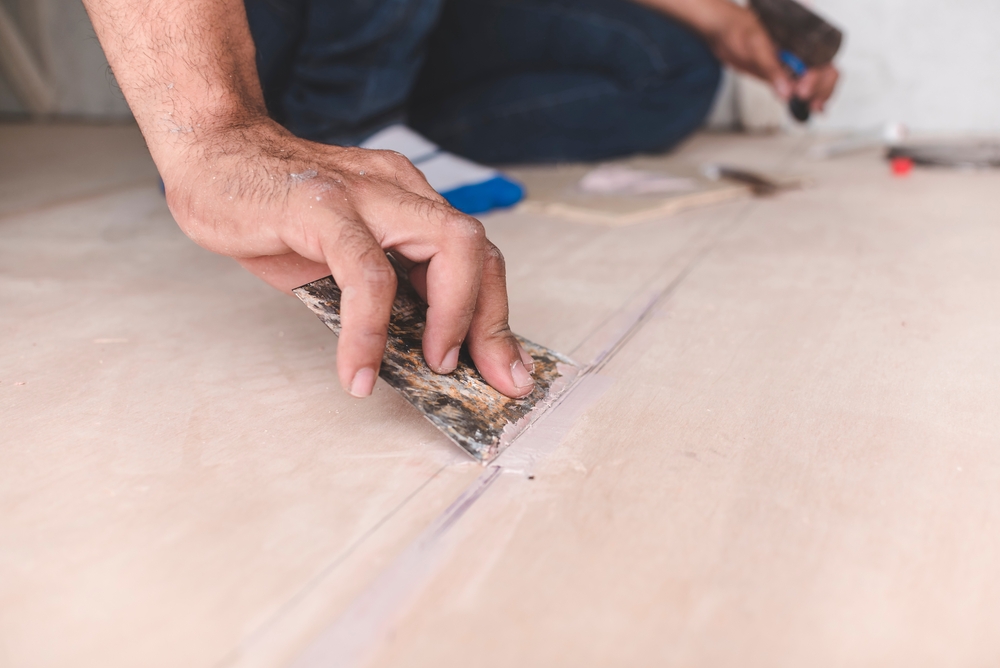Understanding Concrete Footings
Concrete footings are an essential part of construction. They support foundations and help distribute weight evenly. Learning about footings is crucial for anyone involved in building structures.
What Are Concrete Footings?
Footings are typically made of concrete. They serve as the base that supports the foundation of a structure. Commonly used in buildings, bridges, and other substantial constructions. Footings spread the load from the structure to the soil below.
Why Are Concrete Footings Important?
Footings prevent structures from settling or moving. They transfer the load to a larger area and reduce stress on the soil. Without proper footings, buildings can experience uneven settling. This can lead to cracks or structural failures.
Types of Concrete Footings
Different projects require different footing types. The most common types include spread footings, strip footings, and pile footings.
Spread Footings
Spread footings are used for individual columns. They spread the load over a larger area. This type helps prevent excessive settling.
Strip Footings
Strip footings run continuously under walls. They support loads over a larger length. Often used in residential buildings.
Pile Footings
Pile footings are long, slender columns driven deep into the ground. They are used when the soil near the surface is weak. Piles transfer the load to stronger soil or rock layers deeper underground.
Materials Used in Concrete Footings
Concrete is the primary material. It consists of cement, sand, gravel, and water. Steel reinforcement may be added for extra strength.
Design Considerations
Designing footings involves several factors. These include the weight of the structure, soil type, and environmental conditions.
Soil Type
Soil type affects the footing design. Different soils have varying load-bearing capacities. Engineers conduct soil tests to determine the right type of footing.
Weight of the Structure
The weight of the building also influences footing design. Heavier structures require larger or deeper footings. This helps distribute the load effectively.
Environmental Conditions
Environmental factors, like moisture and temperature, can impact footings. Specialized designs may be required in areas prone to flooding or frost.
Construction Process
Building footings involves several steps. These steps ensure that the footings are strong and durable.
Excavation
The first step is excavation. The site is cleared and dug to the required depth. This provides space for the footing.
Formwork Installation
Forms are then installed to shape the footing. These forms hold the concrete in place until it hardens.
Reinforcement Placement
Steel bars or mesh may be placed in the forms. This reinforcement adds strength to the concrete.
Pouring Concrete
Concrete is then poured into the forms. It is usually vibrated to remove air pockets and ensure an even fill.
Curing
After pouring, the concrete needs time to cure. This process can take several days. Proper curing increases the strength and durability of the footing.
Common Issues and Solutions
Several issues can arise with concrete footings. These include cracks, water penetration, and frost heave.
Cracks
Cracks can develop due to several reasons. These include improper curing, excessive loads, or poor design. Filling cracks with epoxy or using concrete sealants can address minor issues. For significant cracks, it may be necessary to replace the footing.
Water Penetration
Water can weaken concrete footings over time. Proper drainage and waterproofing measures can prevent this. Installing drainage pipes or using waterproof coatings can help.
Frost Heave
In colder climates, frost heave can be an issue. Freezing and thawing cycles cause the soil to expand and contract. This can lift and damage footings. Deeper footings that reach below the frost line can prevent this problem.
Maintenance Tips
Regular inspections and maintenance can extend the life of concrete footings. Monitoring for signs of damage and addressing issues early is key.
Inspect Regularly
Look for cracks, signs of water damage, and any other irregularities. Regular checks can help catch problems early before they escalate.
Ensure Proper Drainage
Keep gutters and downspouts clear. This prevents water from pooling around the foundation. Good drainage reduces the risk of water damage.
Address Vegetation
Roots from large trees and plants can affect footings. Keeping vegetation away from the foundation is a good practice.
Professional Help and DIY
Building concrete footings can be a DIY project for small structures. However, large projects should involve professional engineers and contractors. They ensure that the footings are designed and built to code.
When to DIY
For small sheds or fences, DIY footings may suffice. Basic knowledge and the right tools can get the job done.
When to Call Professionals
For larger buildings or complex conditions, professional help is advised. Hiring skilled workers ensures safety and compliance with regulations.
Concrete footings are fundamental to stable and long-lasting structures. Understanding their design, construction, and maintenance helps ensure the success of any building project.




Subscribe for Updates
Get the latest articles delivered to your inbox.
We respect your privacy. Unsubscribe anytime.